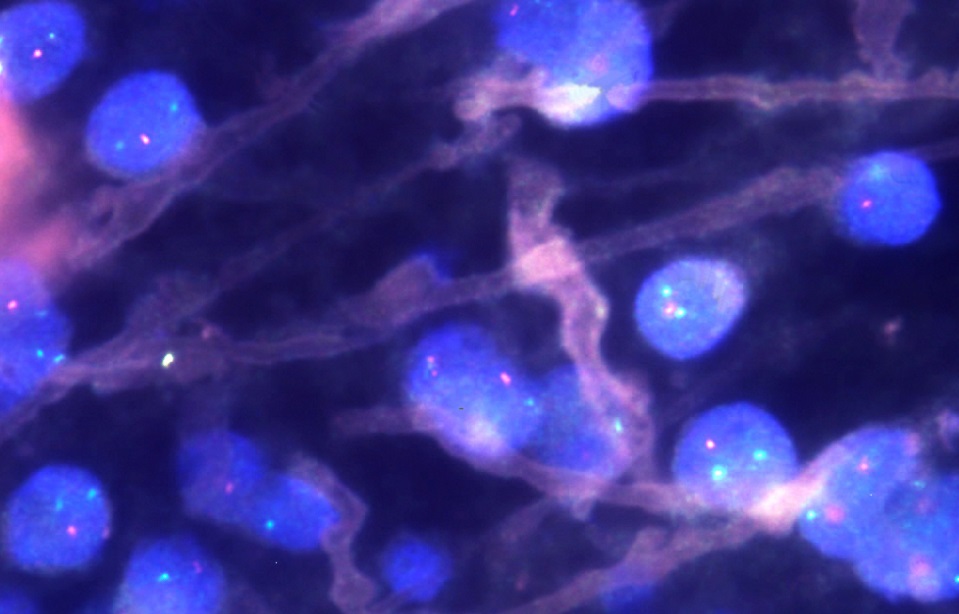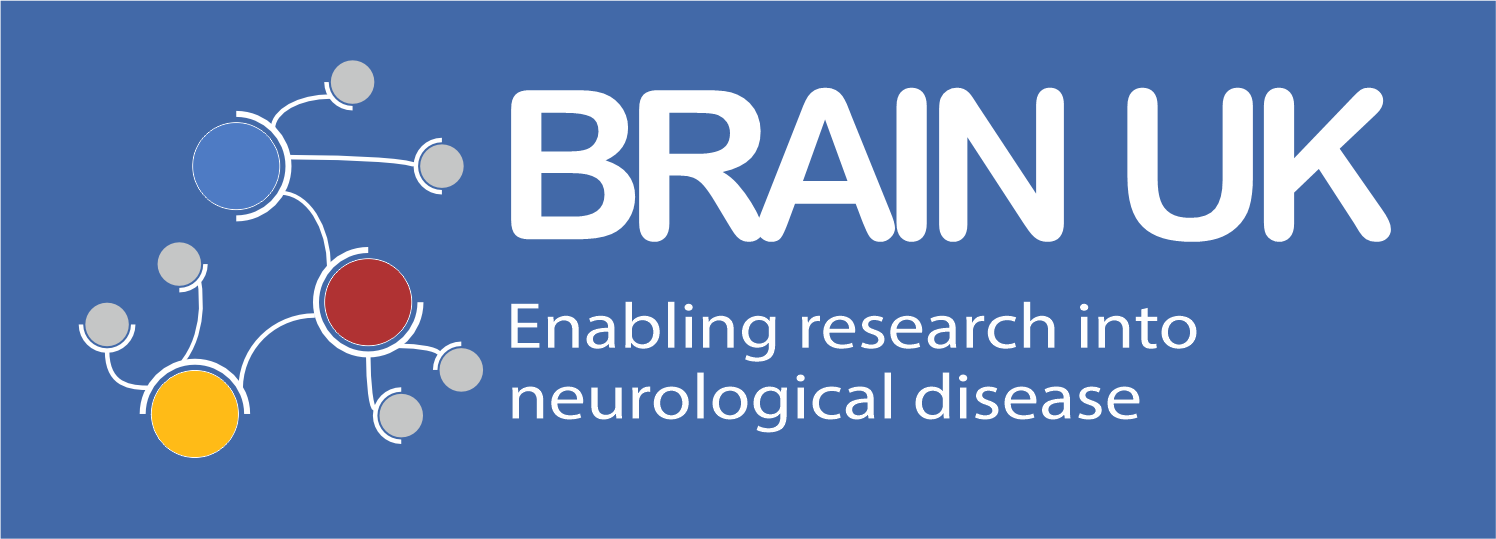
Brain UK study ref: 24/007,
Lay summary,
Project status: Active
Posthumous molecular characterisation of terminal high-grade gliomas occurring in paediatric, adolescent and young adult patients
Dr Matthew Clarke, Institute of Cancer Research
Currently, we are able to use tumour samples for our research projects that have been collected to help diagnose the type of tumour a patient has, when they are alive. After this, tumours can continue to change and adapt to their environment, due to many different factors, including the treatment used to try and kill them. This means that the tumour is very different at the time a patient dies compared to when it was first detected. Very few research projects have been able to explore these changes because there are very few tumour samples available from when the patient dies, collected via a post-mortem. This study is aiming to use tissue from patients who have been diagnosed with a brain tumour called a high-grade glioma, who kindly donated samples after they had died, to look in more detail at these differences in the tumour as it ages. This will help us to find better ways of treating them.
The research questions that we are testing are:
- Are there genetic differences in the tumour cells that have spread to different areas of the brain, compared to where they originally grew from?
- Are there genetic differences between the tumour cells collected at the time the tumour was first detected, when the patient was alive, compared to the tumour cells sampled at the end of the patient’s life?
- Although the treatments may not have killed the tumour cells, how have they affected the tumour cells and is this something we can work on to improve?
As part of the initial assessment of the donated brain, different samples will have been taken from the brain tumour but also of the other structures within the brain. We will look at, and conduct experiments using, all the samples that have been obtained throughout the brain, to explore how far the tumour cells have spread but also to see if there are any areas which they have avoided travelling to, and find out why. It will also allow us to perform experiments using different tumour cells from different areas of the brain and see if there are any differences between them.
Using a microscope, we will see what the tumour cells actually look like and how they are affecting the normal cells seen in the brain, and which structures of the brain they are invading into. We will take out the DNA and RNA from collections of these tumour cells and look at the errors that have occurred in the genetic code that may have caused the tumour cells to develop, or caused them to be so aggressive. We will also gather collections of individual tumour cells and look at the genetic material from each single cell, to see if there are any differences between these cells and those located in other regions of the brain. We will also compare the results from these experiments with the results from the tumour samples used to diagnose the tumour – we will be able to see the differences that have occurred as the tumour has increased in age, size, spread to different locations, and the impact that the treatment has had.
Patients and their families are making very brave decisions to make a tissue donation after they have died. They want to feel that something positive will come from something so terrible, and we want to use this material to help make this a reality for them. Studies like this will help us to understand more about these aggressive brain tumours at a point in time where we don’t know very much about them. It will help us to understand how they change as they get older, how they spread throughout the brain, and also what affect the treatments we currently use have on them. It is hoped that the study will identify new weaknesses in the tumour that can be used to develop new treatments that will help patients who develop these tumours in the future.
The application to BRAIN UK is helping us to obtain the brain tumour material/data from the diagnostic samples collected when the patient was alive, to allow us to compare the results and see how the tumour has changed or evolved.
